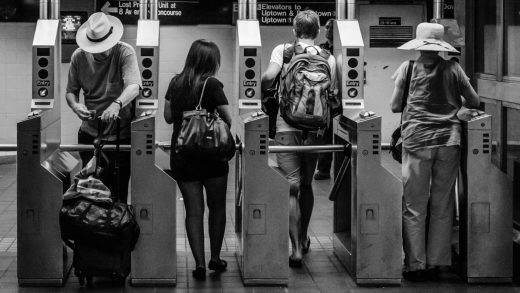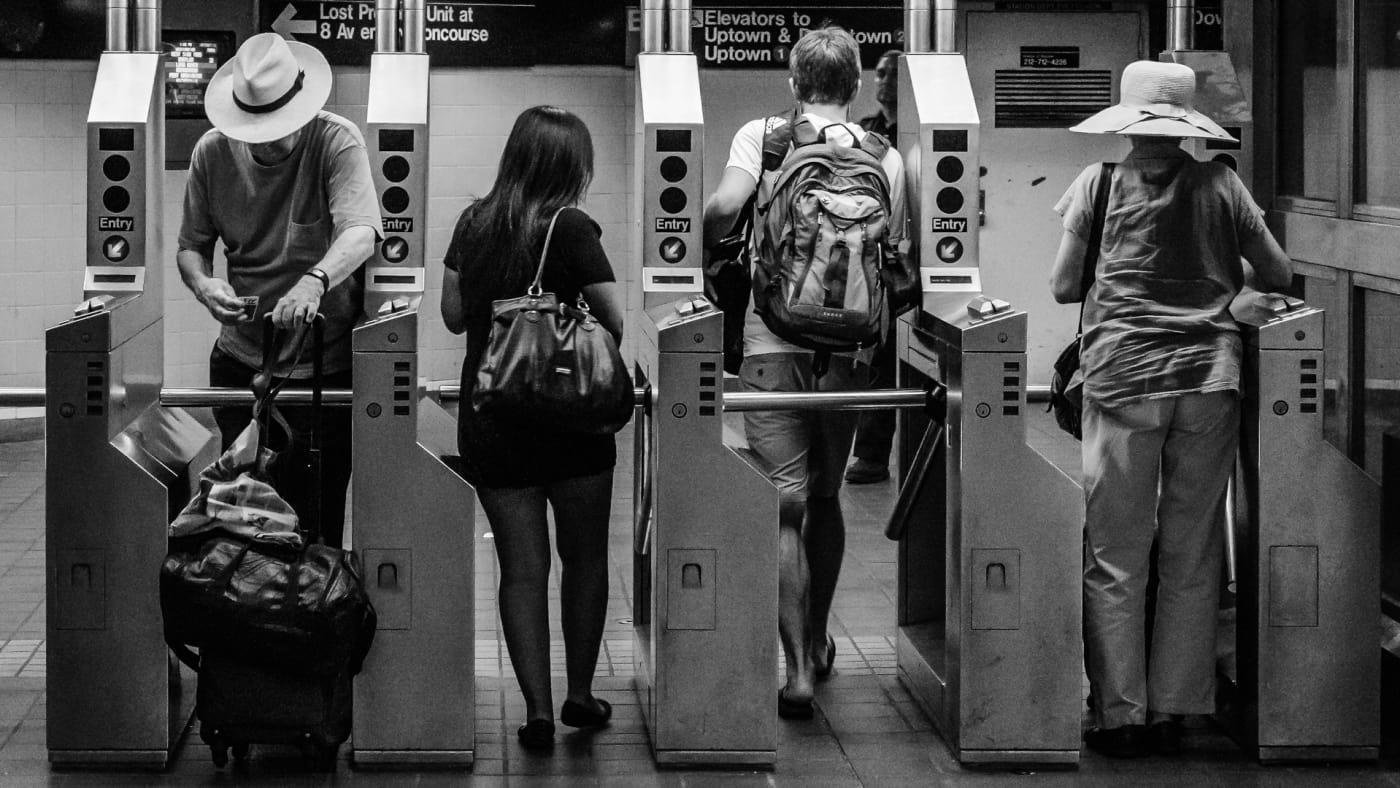Why is the NYC subway so bad at explaining its forthcoming contactless payment system?
In late January, when the New York City subway tweeted that MetroCard vending machines across the city would only accept cash that weekend because of a software upgrade, the outcry was swift. The missive was issued by New York’s MTA less than 48 hours before the planned upgrade, and New Yorkers–already beleaguered by a crumbling system and frequent train delays–were all too eager to pounce.
But that incident was part of a bigger upgrade. The MTA is moving to a contactless fare payment system modeled after the one in London. Instead of swiping a MetroCard at subway turnstiles, riders will wave a smartphone or tap a debit or credit card. “Frankly, a lot of things that the MTA does are met with lukewarm approval or red-hot opposition,” MTA president Pat Foye told me last month. “The reaction to the new fare payment was, I think, universally enthusiastic.”
That’s not entirely true, as evidenced by the responses to a recent tweet about the transition:
MetroCards have served us well, but are now old technology. For that reason, we are migrating to contactless payment whereby you can pay for fare using your phone or a credit card. In the meantime, we’re looking at ways to speed up refunds or card replacements. #AskNYCT ^AB https://t.co/jMhx8MZEI4
— NYCT Subway (@NYCTSubway) March 29, 2018
As it turns out, many New Yorkers are understandably worried about how the change might affect low-income populations who don’t have smartphones or credit cards. According to Foye, those are concerns are overblown: He claimed the MTA will always provide an option for riders to pay with cash, even after the MetroCard is phased out in 2022. The MTA plans to start selling the new card in 2021 through a third-party retailer, and it will also be available in subway stations once the new vending machines are installed.
But then why hasn’t all this information been effectively communicated? One glance at the Twitter responses to the MTA’s tweet (April 15, 2018) shows people seem to have no idea that paying by cash will still be an option. Foye said the MTA has been piecing together a communication plan “across all media,” but until now, most communication about the new upgrade has taken place on Twitter, usually without the appropriate context.
The truth is, the MTA expects that the vast majority of customers will use their smartphones once the contactless system rolls out. Perhaps it’s little surprise, then, that communicating to riders worried about being left behind has not been a priority.
(29)



